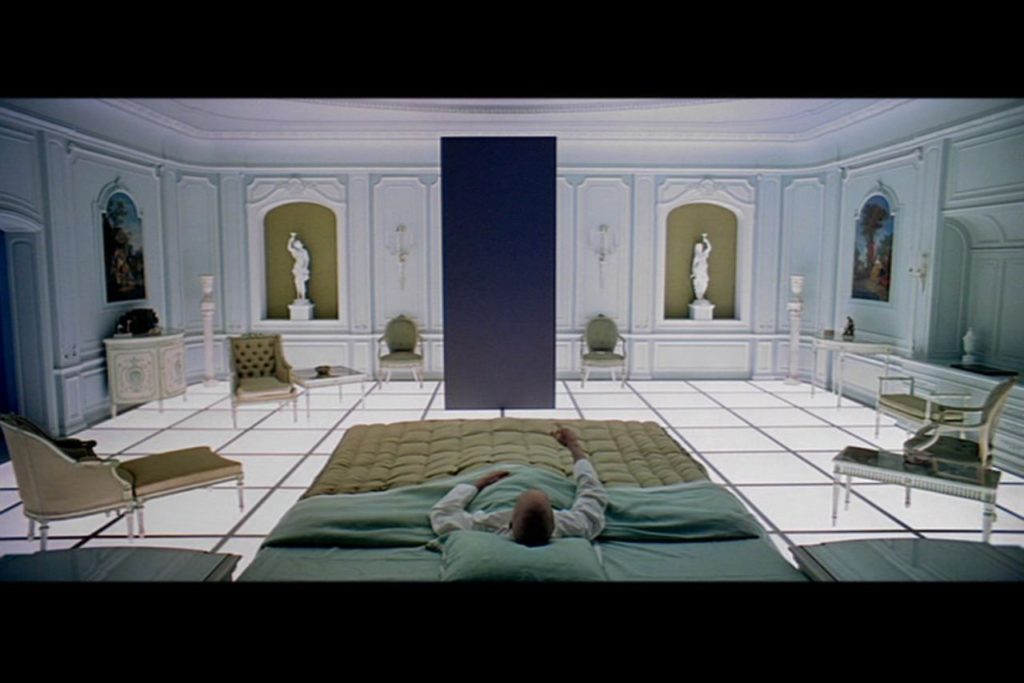The Disquieting Guest — Readerly, Writerly and Malevolent
In the last week or so, there have been interesting discussions about the pros and cons of “cozy” fiction by Justin Landon (here) and on Sam Sykes (here). Those exchanges made me think of Roland Barthes’ distinctions between the “readerly” and the “writerly” text. Said distinction is summarized here. According to Barthes in S/Z, the readerly text is one where the reader is passive, “plunged into a kind of idleness […], left with no more than the poor freedom either to accept or reject the text,” whereas the writerly text’s goal is “to make the reader no longer a consumer, but a producer of the text.” The writerly text places greater demands on the reader, forces an active engagement with the text. It is disruptive and destabilizes the reading experience. Barthes is unequivocal in seeing the readerly text as entirely retrograde. The distinctions are, furthermore, usually deployed in a way that would see “readerly” and “cozy” as nearly synonymous. I find, however, a certain use in doing some violence to Barthes’ project and using the terms in a more descriptive, rather than prescriptive fashion, at least in the context of the aforementioned discussions. One reason for my caution is that the usual schema of “readerly=easy to
The Disquieting Guest: The Visceral and the Cerebral

The other day, I was exchanging a few thoughts with Shaun about film, the need to entertain, and the engagement of emotions versus the idea of a film that was a purely intellectual experience. This brought me to thinking about the same topic in relation to horror. Some years ago, I read an anthology of horror tales that was a success in that the stories were skillfully written, but a failure in that few, if any, worked at all as horror. The reason for this was (what seemed to me) a misplaced desire to “transcend” the field (a subject for another time), coupled with a form of self-referential storytelling that worked fine in and of itself but prevented the reader from engaging emotionally/suspending disbelief/what-have-you. Let me add here that I intend no disparagement to a more writerly (as opposed to readerly) style — each has its strengths and particular uses. However, what this
The Disquieting Guest: Sequels from Stony or Fertile Ground

I saw Insidious Chapter 2 last weekend. When discussing the film industry, and particularly the horror film industry, complaining about sequels is about as useful an endeavor as seeking to arrest the rotation of the earth. Given that Insidious was one of the most profitable movies of 2011, a follow-up wasn’t just inevitable, it was a command from God Almighty. According to Box Office Mojo, on a paltry $1.5 million budget, the film brought in a take (world-wide) of $97 million. For say, Iron Man 3 to have been similarly profitable, it would have had to make over $13 billion. So, of course, Chapter 2 has come along, and its more-generous-but-still-chump-change $5 million has already turned into over $70 million, and counting. Obviously, more is on the way. Almost as inevitable as its existence is the fact that Insidious Chapter 2 is a disappointment. While it has a few effectively chilling jump scares, and some nice

